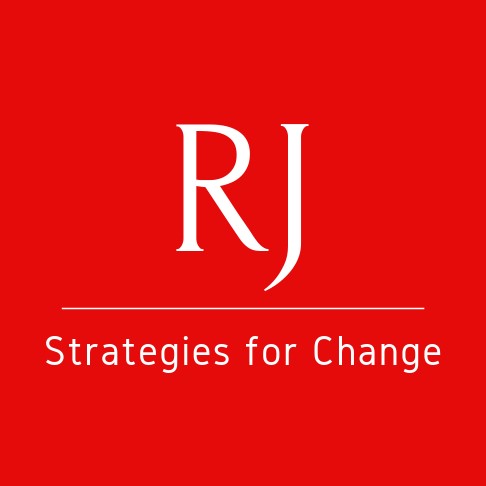Tim Chapman
Chair, European Forum for Restorative Justice
Core Member, Restorative Justice: Strategies for Change
Following several calls and direct requests to our Stakeholder Group, our first tranche of case studies, published today, includes 17 submitted by non-governmental organisations (NGOs) delivering restorative justice in Ireland. Clearly, the cases are not a representative sample of current restorative justice practices. We can assume that organisations submitted cases that went well and demonstrated the benefits of their service. Nevertheless, they are a snapshot of good practice right here and right now. What do they tell us?
The offences represented include criminal damage (6), assault (5), possession of cannabis (2), theft (1), car theft (1), hate speech (1), affray (1), trespassing with a weapon (1), and threats to cause harm (1), with two cases involving more than one offence. Most were referred by judges, suggesting that offences that cause significant (though not the most serious) harm to individuals, who often already know each other, are considered appropriate for restorative responses by the criminal courts. Perhaps, judges balance the human impact of an offence on relationships against the seriousness of the offence in relation to general public safety.
In relation to practices, there is a clear division between indirect restorative processes and face-to-face meetings between victims and perpetrators of harm. There were ten mediations or conferences, in which both parties engaged in direct dialogue, and ten reparation or victim empathy programmes. Three cases involved both direct and indirect restorative processes.
Based on the cases, it seems that the reparation and victim empathy programmes worked well in relation to developing the perpetrators’ sense of responsibility for their actions and empathy for consequences on others. Victims appreciated apologies and acts of reparation, even when they did not actively participate in the process. Importantly, in most cases after a successful reparation programme, the court did not give the individual a criminal record.
Considerable preparation was undertaken prior to a restorative conference or victim offender mediation. The communication between the parties seems to have been constructive, except in one case during which the victim declined to speak at all. It may be my bias towards face-to-face dialogue, but I thought the agreements that emerged from direct meetings were more effective in both repairing the harm and strengthening relationships between the perpetrator and the victim and community. A mediation addressing serious damage to a church provided an excellent example of this. Direct dialogue enables victims to explain the impact of the harmful actions on them and to observe and assess perpetrators’ non-verbal reactions and the sincerity of their response. In another case, the victims “wanted to speak to Liam and tell him directly how his actions had affected them, as well as to ask him some questions.”
What makes restorative justice different is dialogue between those who have been harmed and those who were responsible for the harm. We know that this dialogue is uncomfortable and demanding for both parties. If victims, as one case study noted, are “invited to participate to whatever extent they felt comfortable” and made aware that a reparation programme is available as an alternative to a face-to-face meeting, most will delegate the difficult task to the professionals or to community volunteers. When many of the panels include Gardaí and probation officers, there is a real risk that the process becomes offender-centric, is managed by professionals, and results in standardised reparation projects and offending programmes. While the reparation and victim empathy case studies reported positive results, they largely replicate practices that probation officers have engaged in for many years.
There were also some indicators of a risk averse approach to conferences and mediation. Two sentences were telling: “These emotional and social skills are a fundamental pre-requisite to a restorative meeting between someone who has been harmed and the person who caused them harm” and “The case was considered suitable to proceed to victim-offender mediation as Joe had expressed his remorse and willingness to apologise.” This suggests that only a small minority of offenders will be considered suitable for a restorative meeting. Furthermore, one plan for apology and reparation appeared to have been arranged prior to the meeting, casting doubt on the participation of the perpetrator in the outcome decision-making process.
For me, two of the cases involved wider issues of social justice. While a pragmatic approach was taken in these cases and the process generated positive outcomes for the parties, they raised key issues relating to institutional failings and racism within a community. I believe that restorative processes, such as circles, can effectively address harm which emanates from the state system and oppressive attitudes within communities.
In conclusion, these case studies demonstrate the benefits of current restorative practices. Restorative justice can produce practical solutions to many of the problems that arise from crime, which the formal criminal justice process is not designed to address. They also indicate that, as restorative justice develops in Ireland, it will need support to become more confident in its competence and courageous in its scope and creativity.
